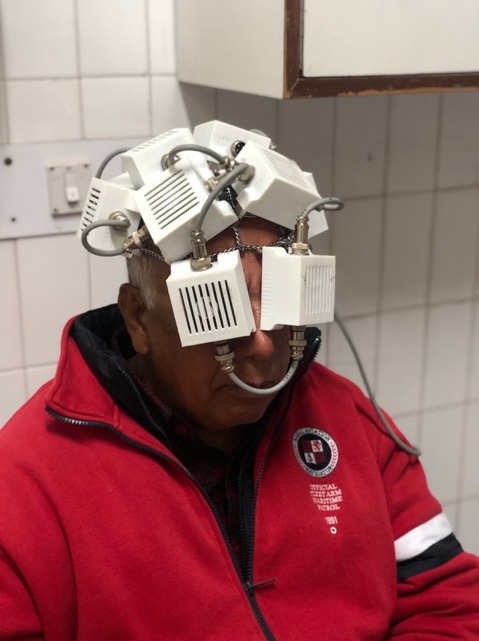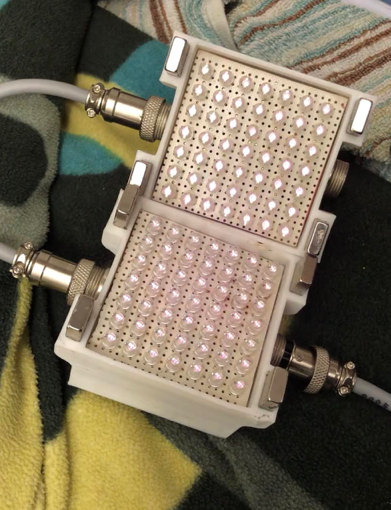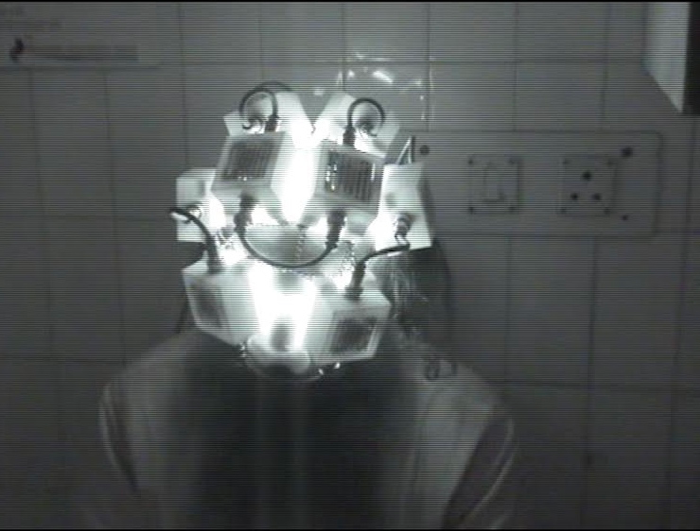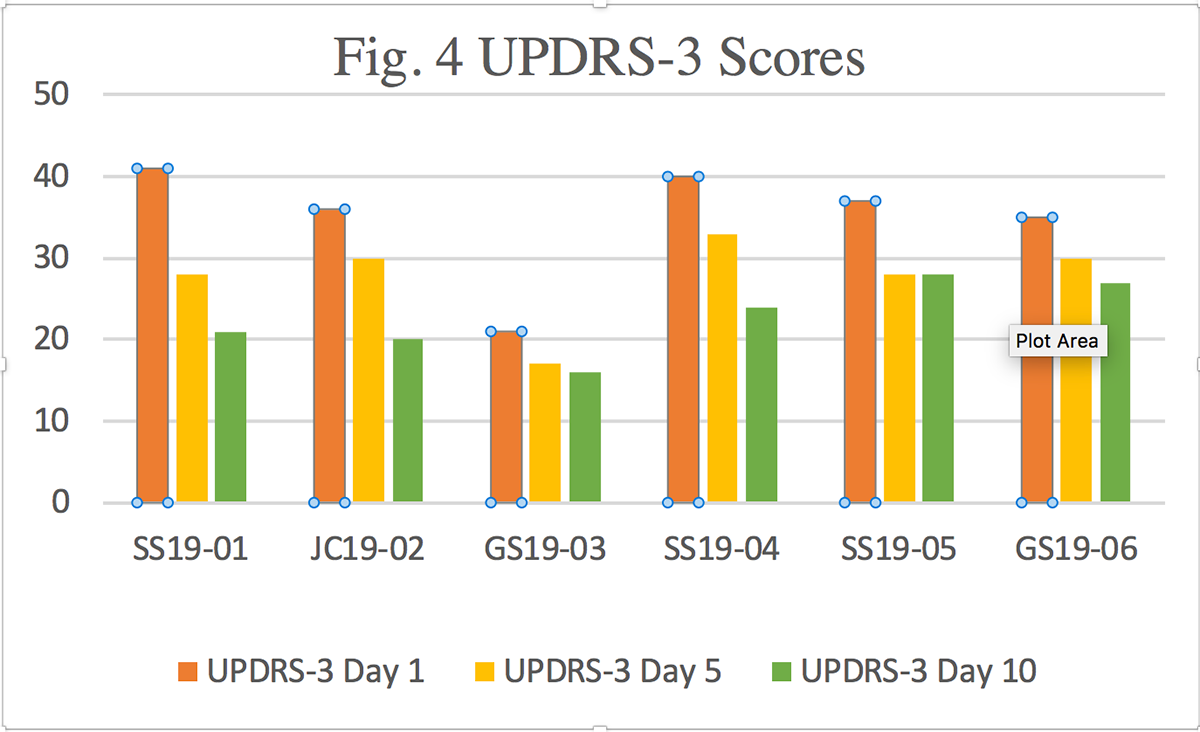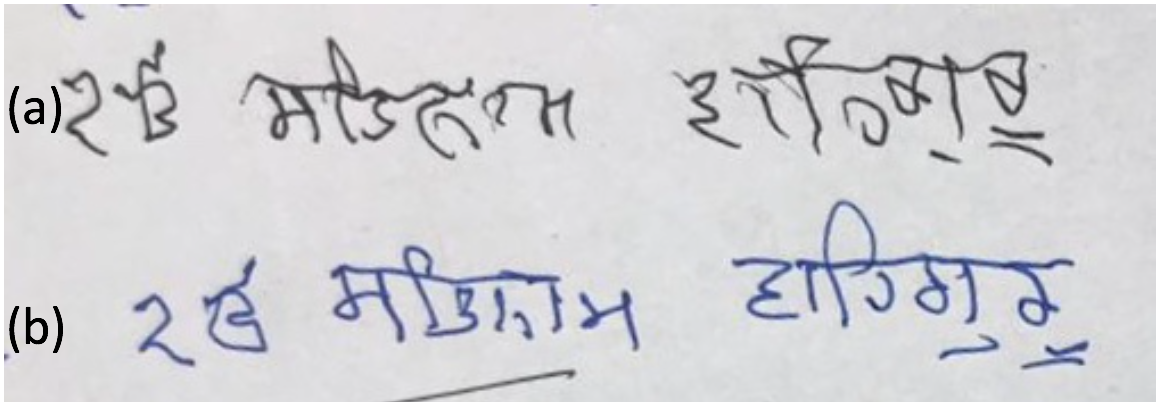Session Information
Date: Wednesday, September 25, 2019
Session Title: Non-Pharmacological Interventions
Session Time: 1:15pm-2:45pm
Location: Les Muses Terrace, Level 3
Objective: To explore the effects of transcranial Photobiomodulation (tPBM) on symptoms of Parkinson’s Disease and establish this therapy’s efficacy as an adjunct to Levodopa.
Background: Near Infra-red (NIR) light has been used trans-cranially in the past as tPBM. The proposed mechanism behind tPBM is the ability of NIR to activate mitochondrial cytC oxidase and increase the release of endothelial NO [1]. 810nm wavelength NIR has shown the best penetration deep into the brain [2]. NIR pulsed at 10 Hz has shown an increase cerebral blood flow [3]. Studies have been done to evaluate the effects of tPBM in Alzheimer’s Disease [4]. Our study shall focus on using tPBM not as solo, but as an adjunct to Levodopa in patients diagnosed with PD.
Method: The tPBM device used was made by the GMC Hospital [figure1,2,3]. It had 10 Modules, with 490 LEDs. They emitted 810nm wavelength, at 10Hz with a 50% duty cycle. Each session of tPBM lasted for 10 mins. 10 participants with mild to moderate PD (H&Y stage 2.0±0.35) were recruited by Department of Neurology. 4 diagnosed with Major Depression using HamD scale were excluded. The remaining 6 participants were given 10 sessions over 10 days. UPDRS was evaluated at Day 1, 5 and 10 of therapy. Timed Up and Go (TUG) test was used to evaluate bradykinesias. Paired t-test was used to evaluate the statistical significance.
Results: All 6 participants were males, mean age 68 years SD=8.6. They continued to take the same dose of levodopa throughout the therapy. The mean UPDRS Part-3 score before therapy was 35.0±2.9, at day 5 was 27.6±5.5 , and at day 10 was 22.67±1.8 [figure4]. A reduction of 21.1% over a period of 5 days, and a total reduction of 35.2% over a period of 10 days of therapy (p=0.03). The total rigidity (Ques3.3) before therapy was 9.5±0.9, after 10 days was 5.1±1.2. There was a 46% reduction in Rigidity (p=0.007). A 27.1% reduction in TUG time was observed (p=0.006) Patient SS19-4 and SS19-5 had a marked improvement in handwriting [figure5,6] Patient SS19-4 was able to light the stove and hold a coffee mug without any spillage.
Conclusion: tPBS had a huge impact on the participant’s lives. There was a 35% reduction in UPDRS-3 scores. TUG time came down by 27%. This study is excellent proof of concept, however, to figure out the exact mechanisms as to how tPBM affects each and every symptom of PD, a sham-controlled study is planned.
References: 1 de Freitas LF, Hamblin MR. Proposed mechanisms of photobiomodulation or low-level light therapy. IEEE Journal of selected topics in quantum electronics. 2016 May;22 2 Jagdeo JR, Adams LE, Brody NI, Siegel DM. Transcranial red and near infrared light transmission in a cadaveric model. PloS one. 2012 Oct 15;7 3 Hamilton C, Hamilton D, Nicklason F, El Massri N, Mitrofanis J. Exploring the use of transcranial photobiomodulation in Parkinson’s disease patients. Neural regeneration research. 2018 Oct;13 4 Purushothuman S, Johnstone DM, Nandasena C, Mitrofanis J, Stone J. Photobiomodulation with near infrared light mitigates Alzheimer’s disease-related pathology in cerebral cortex–evidence from two transgenic mouse models. Alzheimer’s research & therapy. 2014 Feb;6
To cite this abstract in AMA style:
H. Singh, N. Sawal. Transcranial Photobiomodulation as an adjunct to Levodopa therapy in patients with Parkinson’s Disease; an open label pilot study [abstract]. Mov Disord. 2019; 34 (suppl 2). https://www.mdsabstracts.org/abstract/transcranial-photobiomodulation-as-an-adjunct-to-levodopa-therapy-in-patients-with-parkinsons-disease-an-open-label-pilot-study/. Accessed December 21, 2025.« Back to 2019 International Congress
MDS Abstracts - https://www.mdsabstracts.org/abstract/transcranial-photobiomodulation-as-an-adjunct-to-levodopa-therapy-in-patients-with-parkinsons-disease-an-open-label-pilot-study/

